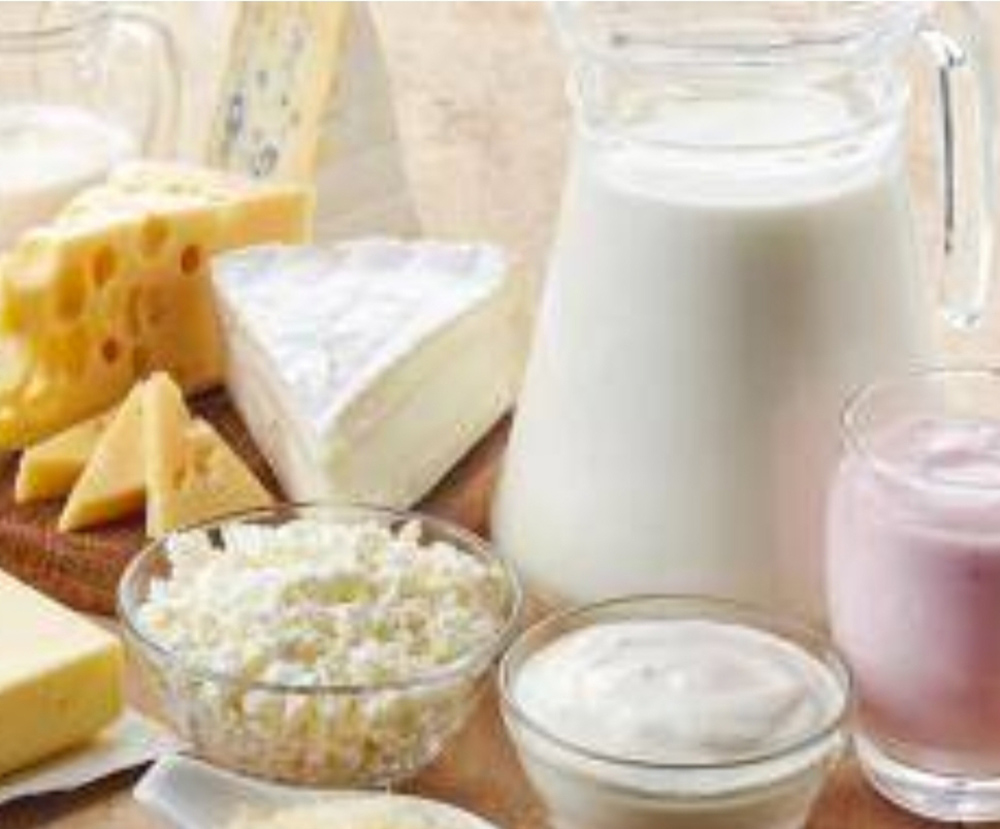The Downside of Dairy
By Nancy Adler

As a nutritionist, I’m often asked my opinion on dairy. Dairy products area major sources of saturated fat and contribute to approximately one-fifth of total saturated fat intake in the U.S. diet. Eating saturated fats increases bad cholesterol levels, called LDL, and may induce chronic inflammation, leading to an increase in cardiovascular disease, but specific fatty acids in dairy have been shown to lower heart disease risk in recent studies.
In studies shown, people with very high dairy consumption had a significantly higher risk of diabetes, a major risk factor for developing heart disease, compared with people who had a very low dairy consumption. While cheese and other dairy products are being reconsidered as heart-healthy add-ons, they are far from lifesaving, and most medical professionals still consider a balanced diet the healthiest option.
I recommend that people limit whole-milk dairy products and cheese portions. Cheese can be quite satisfying and filling for clients (in small doses ) trying to control their weight but it is also often eaten in mindless settings like dinner parties, or even when some are too busy to prepare meals and grab and go on the run. This can lead to weight gain, which increases cardiovascular risk.
Milk can be nutritious but before your body can use any of these nutrients, you must first digest the ones that are too large to be absorbed as is. In some cases, however, your digestive system is unable to cope with all the components found in dairy foods.
Dairy foods contain variable amounts of saturated fats, depending on how the foods have been processed. A cup of whole milk, for example, gives you three times as much fat as a cup of 1 percent milk. These fats undergo digestion in your small intestine with the help of bile from your liver and the digestive enzyme lipase from your pancreas. Bile mixes with dairy fats and makes them more water soluble, after which lipase can digest the fats to fatty acids and monoglycerides. These nutrients then exit your digestive system through the cells lining your small intestine, which deposit them into lymph fluid for transfer to your bloodstream.
Yes, there is sugar in milk and lots of it! The sugar found naturally in milk products is called lactose, made up of a glucose molecule attached to a galactose molecule. Some processed dairy foods – chocolate milk or flavored yogurt, for instance – might also contain added sugars, such as sucrose. As these carbohydrates pass through your digestive system, enzymes break them down to release single sugars small enough to undergo absorption. The digestive enzymes lactase and sucrase, both secreted by the cells lining your small intestine, digest lactose and sucrose, respectively, to their individual sugar molecules. The sugars can then move into your bloodstream to supply your cells with energy.
Although dairy foods can be nutritious for many people, a health condition known as lactose intolerance can make them problematic for your digestive system. In this disorder, your body produces little or no lactase, leaving you unable to digest milk sugar. As undigested lactose moves through your digestive tract, it can cause abdominal pain, gas and diarrhea. Consuming reduced-lactose foods or taking a lactase supplement can help you avoid these digestive issues. Another health problem caused by dairy foods is milk protein allergy, in which your immune system produces antibodies against these proteins. Although not a digestive disorder, it can result in gastrointestinal symptoms. If you have to avoid milk products due to an allergic reaction, you’ll need to get milk’s beneficial nutrients from other food sources and supplements.
Nancy Adler is a certified nutritionist and practitioner in Linwood. Her office is located in Cornerstone Commerce Center, 1201 New Rd. Learn about her practice at www.nancyadlernutrition.com (609)653-4900
You may listen to Nancy every Sunday at 2 pm Nancy Adler Nutrition LIVE! NewsTalk 1400 WOND





